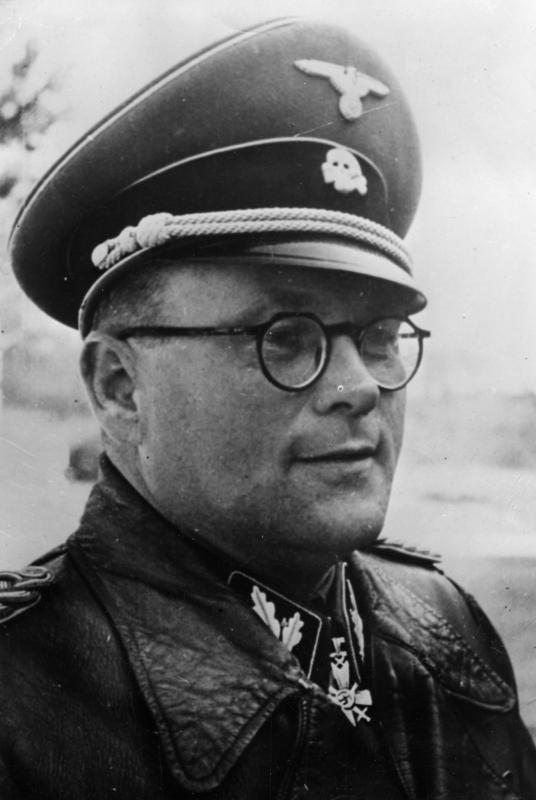In 1933, Gebhardt joined the NSDAP and the SS. In 1936, he was chief physician of the Berlin Olympics, and a year later, as a professor of medicine, he headed orthopedic surgery at the University of Berlin. At that time he also became Heinrich Himmler’s personal physician.
When World War II broke out, he oversaw the SS sanatorium in Hohenlychen. After the capture of Belgium, he mediated communications between Adolf Hitler and King Leopold III of Belgium.
When Reinhard Heydrich, one of the main perpetrators of the Holocaust, died following an assassination attempt in Prague (the cause of death was gangrene, Gebhardt was accused of taking insufficient steps to save the prominent dignitary. In order to prove his innocence, Gebhardt decided to conduct the relevant research at the Ravensbrück camp, which was located 13 kilometers from the Hohenlychen sanatorium he managed.
Gebhardt’s experiments involved breaking the legs of prisoners, introducing a state of tissue infection with, for example, staphylococcus aureus or tetanus. To accelerate the development of tissue necrosis, limb muscles were crushed. Various drugs, including sulfonamides, were then used. The experiments were designed to prove the ineffectiveness of the therapy. To authenticate their thesis, female prisoners who were administered the drugs were not given nursing care. As Karolina Lanckorońska, an inmate at Ravensbrück, recalls, these women had to not only change their bandages themselves, but also, despite their immobilization, take care of hygiene and basic human needs. In this way, Gebhardt proved that he was not to blame for Heydrich’s death.
Moreover, the experiments were conducted because of the high mortality rate of wounded German soldiers at the front due to gangrene. For this reason, after consultation with the Waffen-SS Institute of Hygiene, shards of glass, wood or earth were sprinkled into the wounds of imprisoned women to achieve conditions as close as possible to those at the front.
Gebhardt also performed experimental regeneration and bone grafting operations on women incarcerated at Ravensbrück. Three types of surgeries were performed, in which bones were broken and transplanted, and then bone strips were taken (bone fragments were cut out). The purpose of the experiments was to study the course of bone reconstruction and the progress of bone regeneration. The operations were very brutal. Bones were broken with a hammer and chisel, wounds were sutured and plastered for only a few days, and then the plaster was removed to observe the healing process of the wounds. There were operations that were performed without anesthesia, and the experiments were repeated many times on the same people. One of the youngest victims of Gebhardt’s experiments was Barbara Pietrzyk, who was arrested when she was 16. Five operations were performed on her.
At the end of the war, Gebhardt was arrested by the Americans and put on trial at the so-called Doctors’ Trial, which was one of the Nuremberg Trials. He was charged with war crimes and crimes against humanity. The American Military Tribunal sentenced him to death by hanging in August 1947. The sentence was carried out in Landsberg Prison in June 1948.
